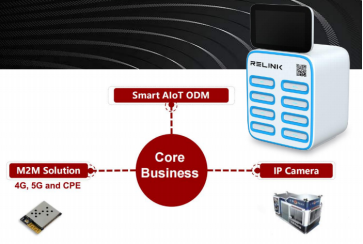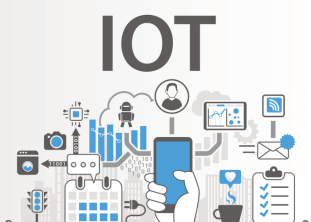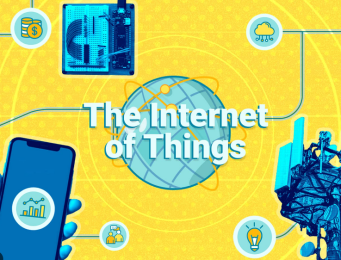You might have come across the concept of IoT - the Internet of Things. What is IoT and how does it relate to power bank sharing?


In a nutshell, a network of physical devices (‘things’) connected to the internet and other devices. Devices can communicate with each other through their connectivity, making data transmission, collection, and analytic possible. Relink stations and powerbank are IoT solutions! You can rent a power bank charger from one venue by using your phone to ‘talk’ to the station. We’ll go into more detail later, let’s cover IoT basics first!
To put it briefly, IoT works in three steps:
1.Sensors embedded in devices collect data
2.Data is then shared via the cloud and integrated with software
3.The software analyzes and transmits data to the user via an app or website.
What are IoT devices?
This machine-to-machine communication (M2M) requires little to no direct human intervention and will be implemented in the majority of devices to come. Though still relatively novel in some areas, IoT can be implemented in a broad range of settings.
1.Human health - e.g., wearables
2.Home - e.g., home voice assistants
3.Cities - e.g., adaptive traffic control
4.Outdoor settings - e.g., autonomous vehicles

Let’s take wearable devices for human health as an example. Often equipped with biometric sensors, they can detect body temperature, heart rate, respiration rates, and more. The collected data is then shared, stored in a cloud infrastructure, and transmitted to a health app that is compatible with this service.
What are the benefits of IoT?
IoT connects the physical and digital world by simplifying complexities. Its high levels of automation reduce margins of error, require less human efforts, and fewer emissions, increase efficiency, and are time-saving. According to Statista, the number of IoT-connected devices was 9.76 billion in 2020. That number is expected to triple to approximately 29.42 billion by 2030. Given their advantages and potential, the exponential growth is not surprising!
Post time: Feb-17-2023





